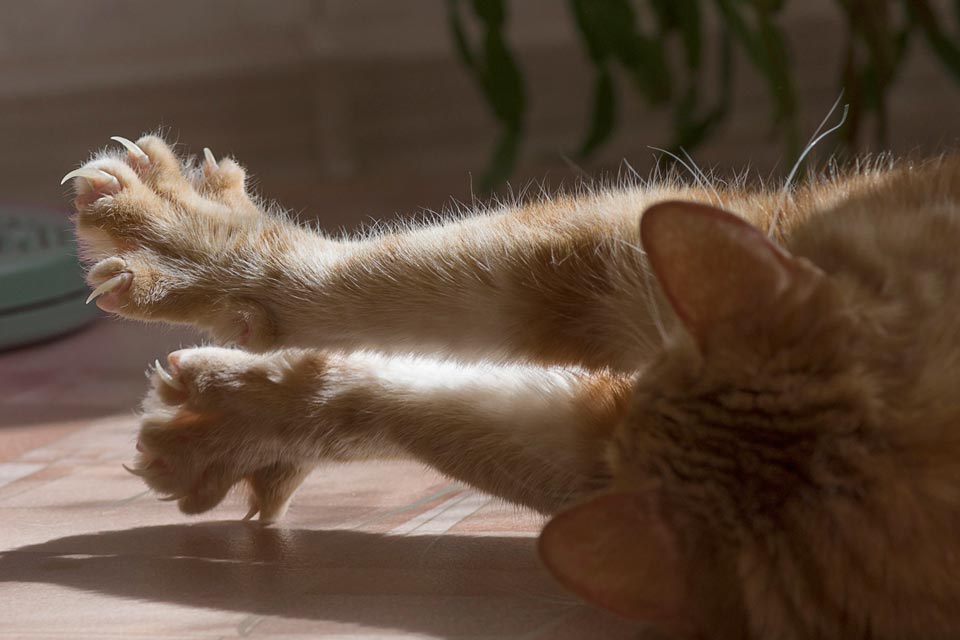Why Do My Cat's Claws Shed?

When you have a cat, you'll find lots of things lying around the floor from time to time. Sometimes, it's a hairball. Other times, you might find a whisker that got pulled out. Still other times, you'll see what looks like shells of your cat's claws on surfaces.
Read on to learn why and how cats shed the outer layers of their claws.
How and Why Do Cats Shed Claws?
A cat's claw has layers similar to an onion. As the claw grows out, the outer layer sheds periodically, making way for a stronger, sharper version underneath. This is an entirely normal and healthy process and is nothing to worry about.
Scratching behavior helps cats shed the outer, dry layers of their claws. You might see more claw sheaths lying around on or near your cat's scratching posts. This is one of the reasons for having lots of good-quality scratching posts in your home; it helps your cat stay healthy.
If your cat doesn't scratch much, especially as she gets older, her claws may grow so long that they curl under and grow into a paw pad. It's important to monitor your cat's claws and trim them periodically if needed. When you clip the end of your cat's claw, it can help release the outer sheath so it can be shed.
Claw Shedding Plays a Role in Soft Paws® Wear
Because of the way a cat's claws grow in layers, shedding the outer sheath as they grow, Soft Paws claw caps, which are applied with adhesive to the claws, grow out and fall off with the outer sheath. This is in contrast to acrylic nails on humans because people's nails grow out from the cuticle only rather than in layers that shed.
When to Be Concerned
Of course, if you find what appears to be a full, solid cat claw instead of just a papery sheath, you should check your cat's paws to see if one of her claws was torn out. If so, there will probably be bleeding, and the cat will be in pain. Infection can occur quickly if the torn claw isn't cared for. Take your kitty to the vet right away of this occurs.
You May Also Like These Articles:
Cat Nails: Trimming Cats' Claws
Feeding Techniques to Decrease Hairballs in Cats


